Accessing the New Normal
Text by Sarah Manteuffel
In 2020, the COVID-19 pandemic brought many of us into lockdown and a new “normal,” as we explored our world in changing ways over the course of the last year. Many began the shift to an increasingly online world, whether for work or social interaction, and we explored the possibilities of staying connected when we needed to stay two metres apart.
While this was a “new” world for a majority of people, many in the disabled community became disenchanted as the lockdowns continued. The infection rates started slowly in Canada, and the initial concerns were not considerable for healthy, able-bodied people. Often phrases such as “it’s only a risk to the elderly or immunocompromised” were shared to spread hope to those who were healthy and young, trying to navigate this massive change. Language like this set a standard for how we prioritized each other. If you did not have high-risk individuals in your life, your concern may have been minimal. But to the disabled community, this sent a clear message. The disabled and elderly were at risk, but that was not a worry because the able-bodied should be okay. As the pandemic continued and we saw how dangerous this virus was to all, the mindset shifted. However, the horrific death tolls this virus has taken among our elderly in care homes has emphasized what we prioritize, and who we do not.
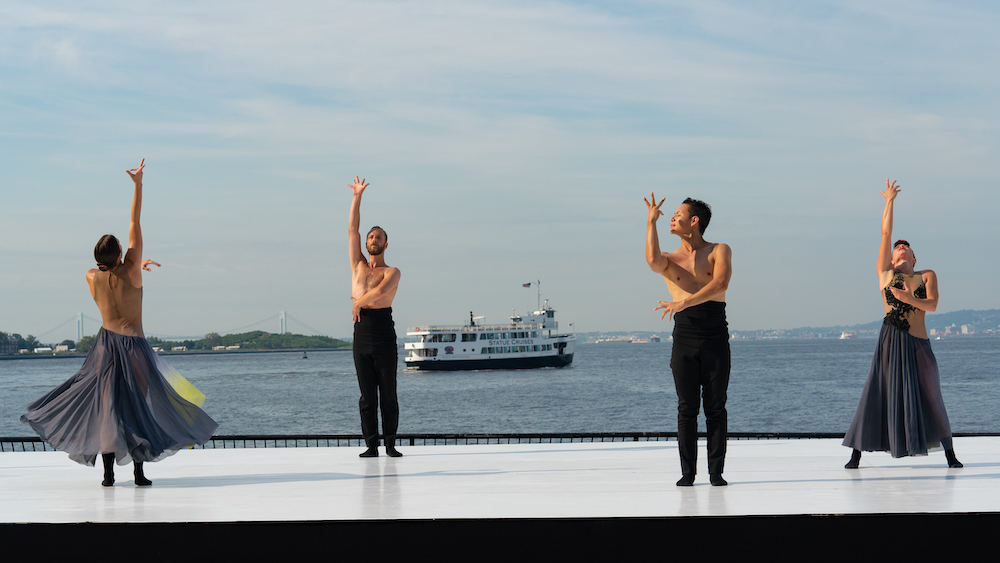
While this is a grim and necessary story to share, the pandemic has also brought us new opportunities for viewing and connecting with the world around us. The expanded online opportunities that presented themselves were not new technologies, but became a new standard. Access to work-from-home became the standard in 2020, something disabled people have frequently been denied in the past. When we began to crave arts and culture in lockdown, museums and performing artists began posting more digital content so that people could take in their work. As a disabled person who often needs accessible seating to be able to safely attend concerts, the pandemic allowed me access to shows I would never have been able to attend in person before (think punk-rock, headbanging, mosh pits and the like). While this kind of exposure to the arts is not the same as the in-person experiences we had before, the pandemic has shown that the ability to provide different kinds of access was always there, and now there is a broader desire for it.
“While this is a grim and necessary story to share, the pandemic has also brought us new opportunities for viewing and connecting with the world around us.”
The pandemic has largely impacted small business, which caused many stores to create websites so their goods and services could be purchased online. The intent to keep our small businesses afloat by supporting local was strong, especially through the holiday season. The benefit of adding access to online shopping was, in fact, a huge achievement for the disabled community, and added an increase in customers for these stores. Many store fronts in Toronto are inaccessible to people with physical disabilities, which meant that these stores may have prohibited up to 20 per cent of the population from accessing their products. Now, having online shops as an addition to many stores creates a significantly larger shopping base than before for these businesses. While the pandemic has challenged us all financially, and we may not be able to support businesses like before, I hope these stores continue to see the benefits of online storefronts, in service of those who may not be able to access their stores in person, while they work to be able to provide physical access as well.
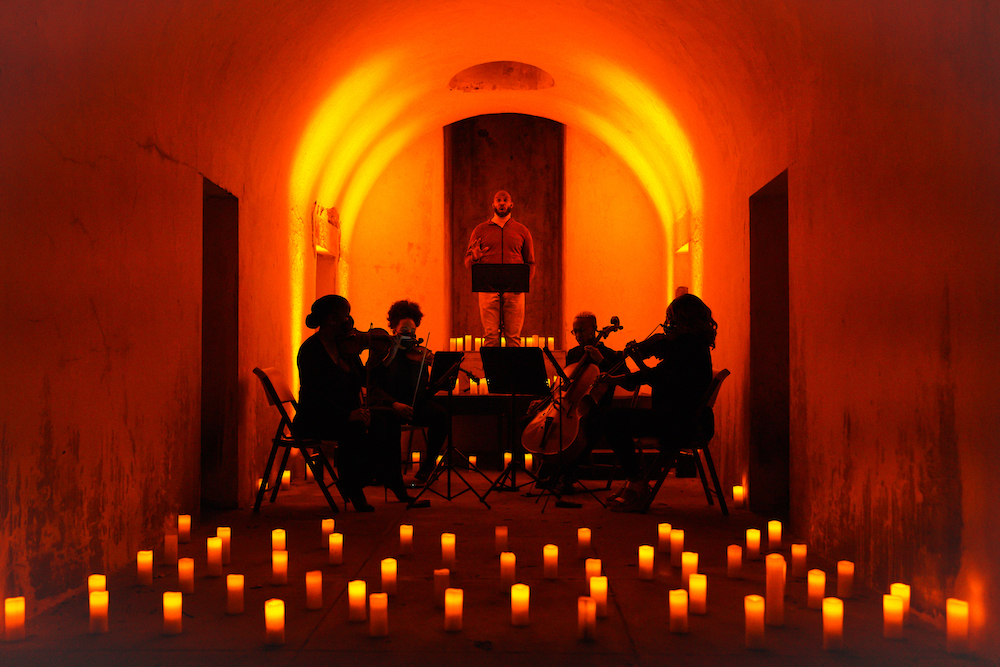
In 2020, I began my master’s degree in city planning. Due to the pandemic, the program was presented entirely online. While initially disappointed to lose the positive social aspects of attending school in person, I noted so many benefits that I did not consider initially. First is the time saved in not having to commute to school. I can take the time I need for myself to prepare for classes, sleep, and take extra time for work, without the need to accommodate for travel time (and the physical toll it can take on my body).
My cohort come from across the globe, and while many would have been in Winnipeg for in-person class, they are now able to participate from their home countries, safe with their families. While the time changes prove challenging, the international access provides an immense amount of global insight to our classes that I think would be missed if we were all in person.
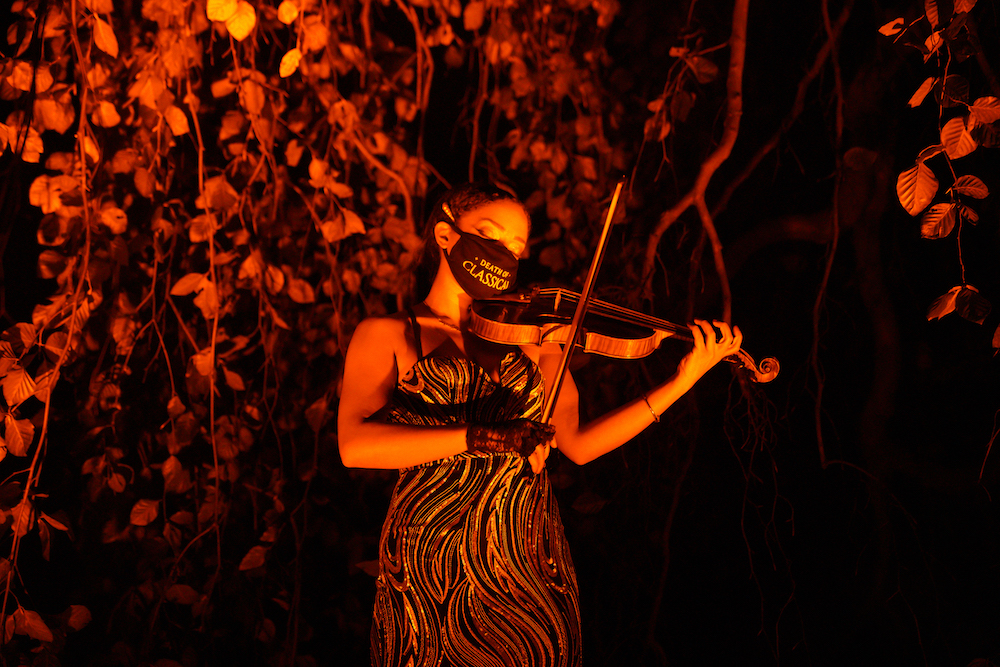
Lastly, online university provides opportunities from an accessibility standpoint that were previously missing. If a classmate is injured or sick, they are still able to safely attend class. There are options to record lectures for repeat viewing, should you miss anything or need a refresher. In addition, I was able to attend classes in my home set up that is built for me. I no longer had to sit in lecture halls and studios that caused pain to my disabled body, and could be comfortable for multiple-hour lectures.
Now, I know these positives are not presented to all, and there are incredible amounts of negatives with online learning. Problems such as strict and ableist policing policies for online examination processes, requiring stable internet access and a working computer, safe and secure housing, social support and privacy. The intention here is to bring light to consistent accessibility requests, denied in the past, that are now readily available, and for us to consider how we can continue them once we are all no longer at home.
The pandemic has shone a spotlight on considerable inequalities in our cities. When things began to shut down, lack of facilities such as public and accessible washrooms, affordable, available housing, and safe indoor spaces were vastly apparent. The pandemic shut down much of the public realm, however those who frequently utilized these spaces for their own safety and community, including unhoused and low-income communities, were left without support and safe spaces to convene.
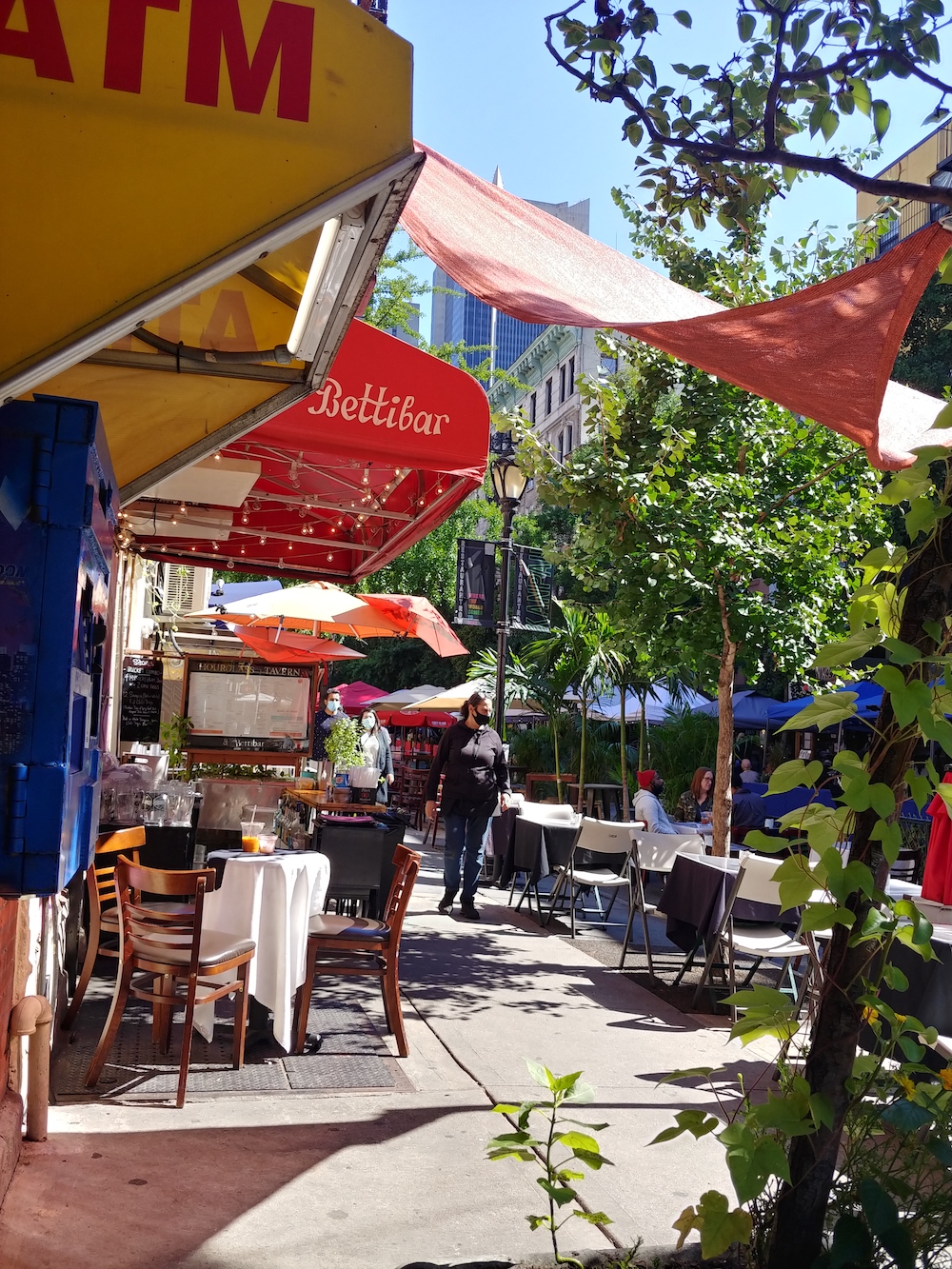
Accessibility issues have increased in the streets as well. In this time of struggle, much of the focus has been on trying to find ways to keep the same “normal,” but convert it to the outdoors. Restaurants and bars have successfully taken to the public realm to create outdoor patios, allowing pandemic-friendly service, and adding a liveliness to the sidewalks that had been missed. However, continually understated is the effect this has had on public access for disabled people. Often, these patios take up already minimal and precious real estate on sidewalks, creating even more narrow passageways. Not only is this a challenge for mobility devices, but it also creates bottlenecks that force people to walk close together (or close to said unmasked patio-users) during a time of two-metre physical distancing. For the immunocompromised, or people like myself who are told to stay 10 feet apart (due to my shorter height and droplet spread), this can create challenges that make it easier to instead stay inside.
“The pandemic has shone a spotlight on considerable inequalities in our cities.”
These changes to our streets, while praised by many, can greatly affect the mental and physical health of disabled people who now may not even have the ability to enjoy a simple walk in the city they live in and rely on. Disabled people are consistently speaking up and providing insights about ways in which we can create a more accessible world for all. Perhaps now we will listen to these voices, without the need of a global pandemic to emphasize our points.
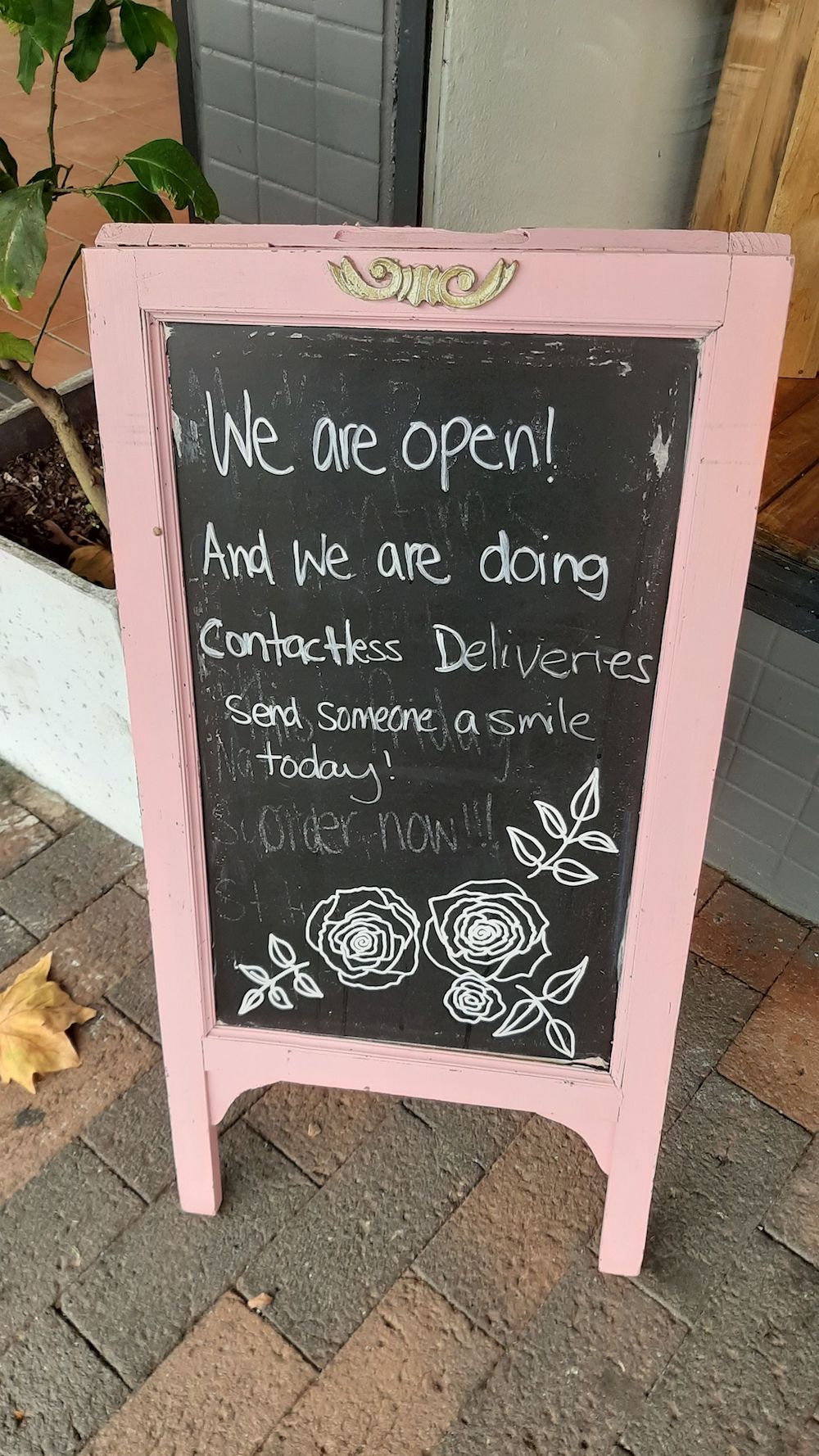
BIO/ Sarah Manteuffel is a Ground editorial board member, and accessibility advocate, working on her Masters Degree in City Planning at the University of Manitoba. She was the Coordinator at the OALA for 4.5 years before leaving in July 2020 for her studies. She is a member of several dwarfism associations and sits as Co-Vice President on the UofM Association of Planning Students. As a person with dwarfism, as well as having an undergraduate degree in Interior Design, Sarah has always viewed the world from a unique perspective: focusing on how spaces physically and emotionally affect people beyond inclusive design. In her current graduate studies, Sarah hopes to gain more education on how design and policy can better incorporate accessible design in public spaces.
